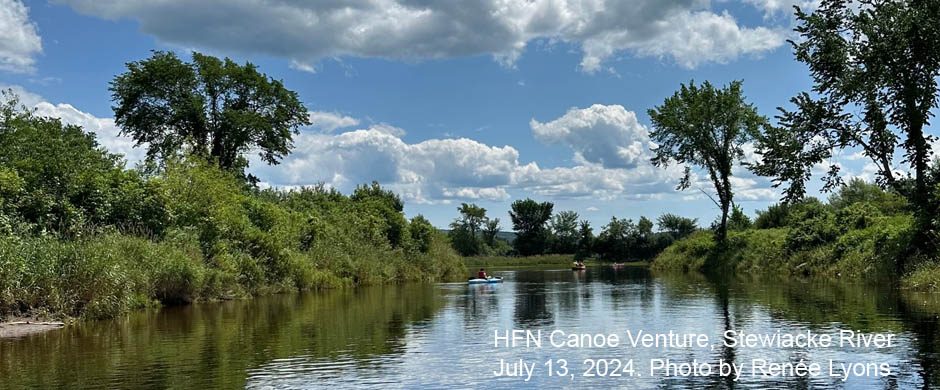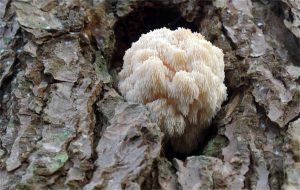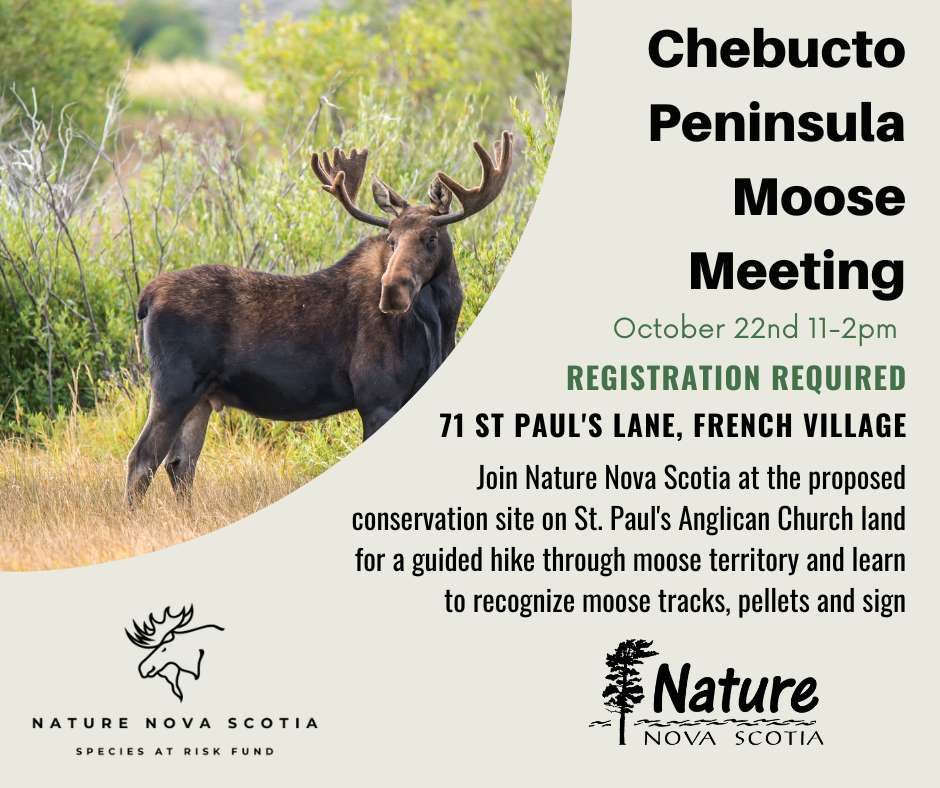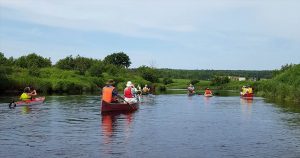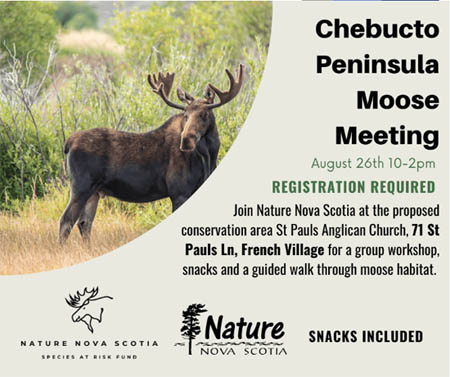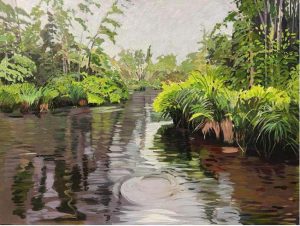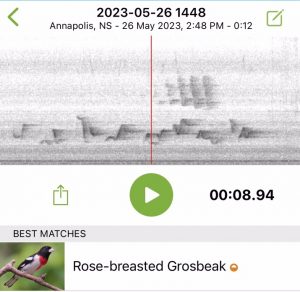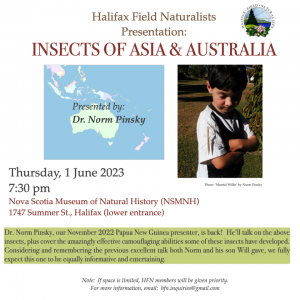Where: Everywhere mushrooms grow
The 2023 Continental Mycoblitz is open to anyone who is willing to make scientifically valuable collections of mushrooms – including photography, fieldnotes, and submitting a dried specimen. Any individual or organization can submit their most unique/interesting/exciting collections from the foray week to theproject. Mycologists and foray partners will examine each collection and will perform DNA sequencing on thousands of the specimens that are submitted.
For general information about the Mycoblitz see: https://mycota.com/2023 continental-mycoblitz/
Mycologists in the three Maritime Provinces will coordinate the Mycoblitz efforts in our region, to try sequence over 1,000 collections of mushrooms from New Brunswick, Nova Scotia and Prince Edward Island.
If you are located in Nova Scotia please contact Sean Haughian at the NovaScotia Museum (sean.haughian@novascotia.ca) to get more detailed informationabout collecting and documenting mushrooms for the Continental Mycoblitz, or to arrange for dropping specimens off at the Museum of Natural History.

